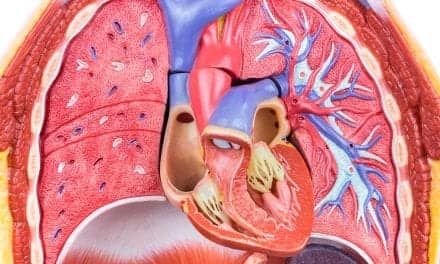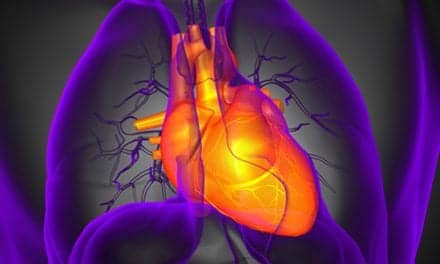PPHN is associated with neurodevelopmental complications, of which cerebral palsy is one of the most serious, Dr. Yuko Tanaka and associates note in their paper, published in the June issue of Pediatrics. While iNO is recognized as a vasodilator that improves oxygenation in infants with hypoxemic respiratory failure caused by PPHN, it was not clear how iNO affects the risk of cerebral palsy.
In the current study, Dr. Tanaka’s group reviewed the records of 31 preterm infants with PPHN treated at the Osaka Medical Center and Research Institute for Maternal and Child Health between 1988 and 1999. Between 1988 and 1993, 15 preterm infants were treated with 100% oxygen; after 1993, treatment was switched to iNO (n = 16).
Outcomes at the 3-year follow-up revealed a trend toward lower incidence of cerebral palsy among patients treated with iNO (12.5% versus 46.7%, p = 0.54).
In multivariate models adjusted for maternal fever during delivery, birthweight, Apgar score at 5 minutes, type of ventilation and surfactant therapy, the risk of cerebral palsy was statistically significantly lower in the iNO group.
"iNO therapy may decrease the risk of cerebral palsy in these infants through the resolution of hypoxia during a critical phase of neurodevelopment," .Dr. Tanaka and associates indicate.
Copyright 2007 Reuters. Click for Restrictions









